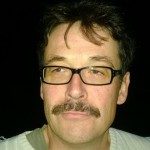Lien vers Pubmed [PMID] – 7569897
Science 1995 Sep;269(5231):1709-11
Description of the genetic structure of malaria parasite populations is central to an understanding of the spread of multiple-locus drug and vaccine resistance. The Plasmodium falciparum mating patterns from madang, Papua New Guinea, where intense transmission of malaria occurs, are described here. A high degree of inbreeding occurs in the absence of detectable linkage disequilibrium. This contrasts with other studies, indicating that the genetic structure of malaria parasite populations is neither clonal nor panmictic but will vary according to the transmission characteristics of the region.

